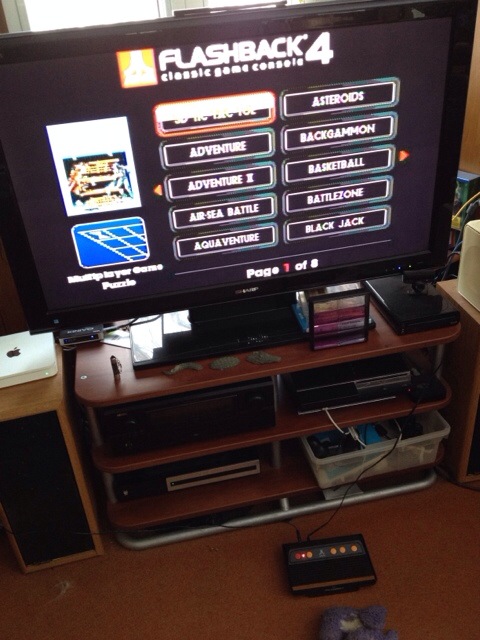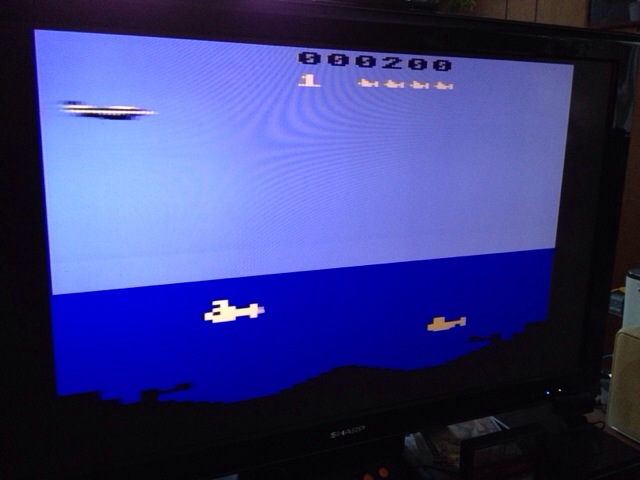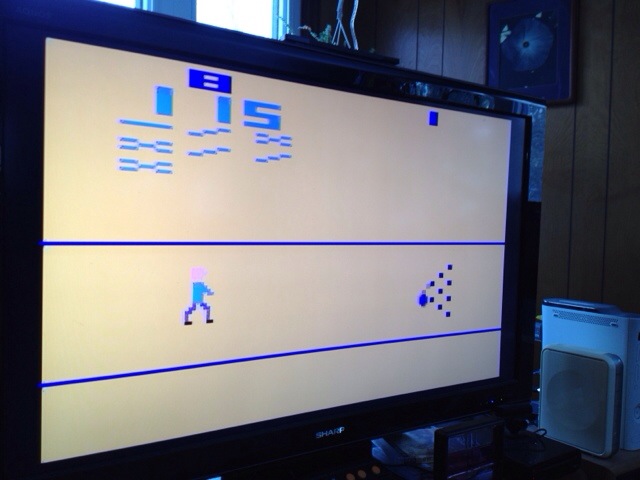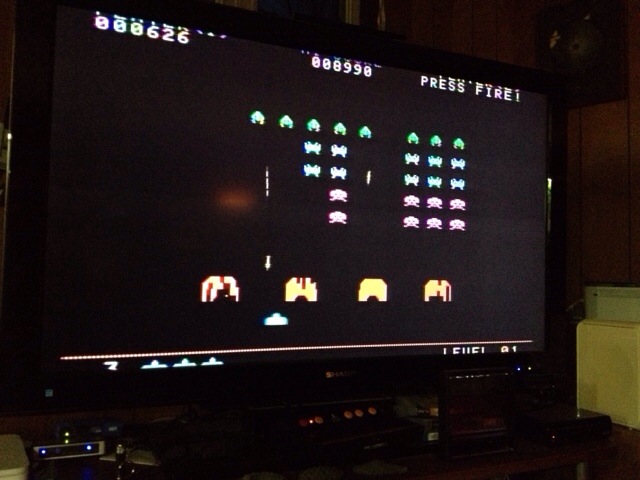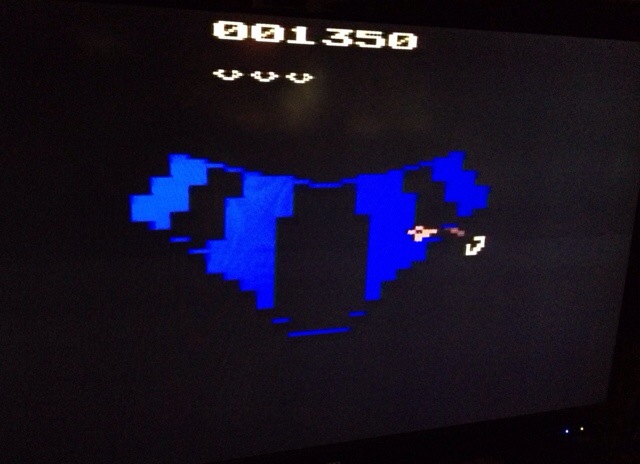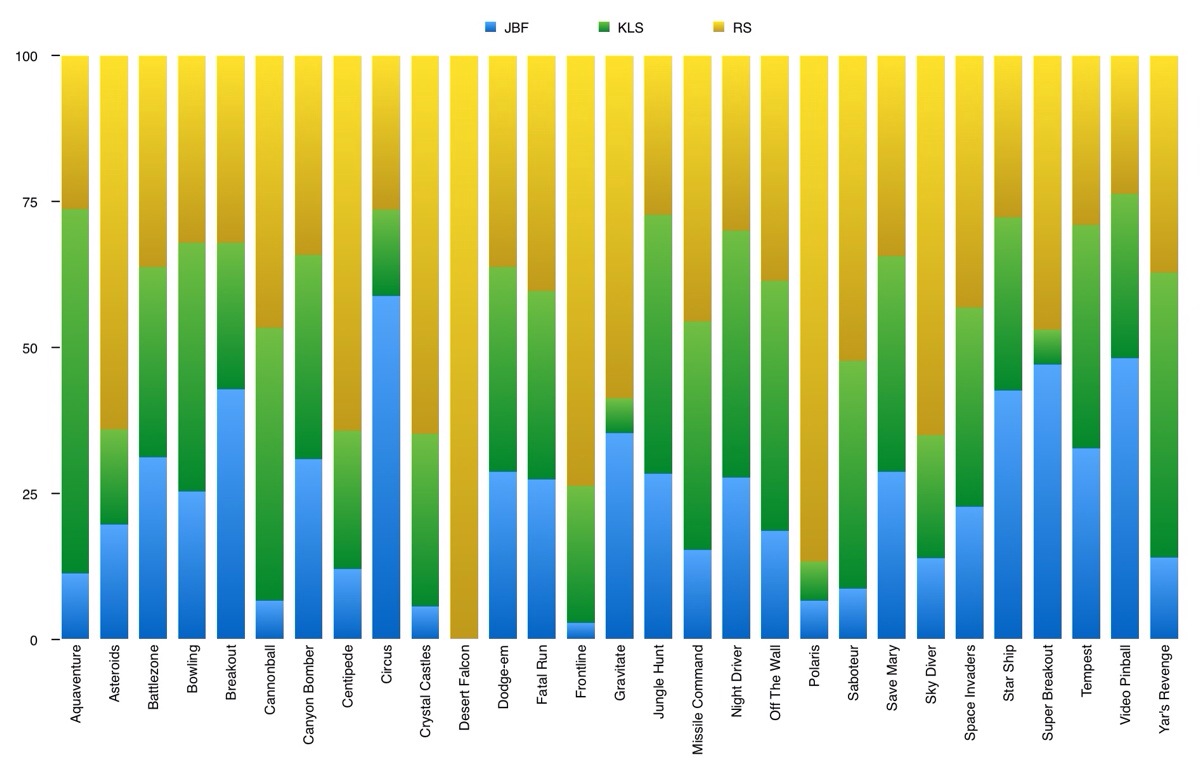Did you notice the blog was down for about a week? I received the following missive from my brother explaining the absence:
“Dearest secondborn, it pains me to admit I forsook the required blog maintenance due to an abundance of stress that resulted from an inability to find Christmas gifts of a level high enough to show you the appreciation that you deserve. Pray tell, could you help as you have done in years past?”
Lest you think this is fake, his telegram didn’t include the hyperlinks. Those were my additions 🙂
It would be positively bestial of me to ignore such a cry for help, and thus I present – once again – a humble list of items that I would love to unwrap on that most special of days…
Books Category
“I Am The Doctor” – Jon Pertwee

This was Jon Pertwee’s last biography, and apparently is a smashing read, containing many and varied anecdotes about his life during and after the time he portrayed what everyone agrees is the best ever Doctor Who. For me, this book would essentially be a ‘how to’ that I could apply to living all aspects of my life.
Manual Of The Planes (1st Edition)
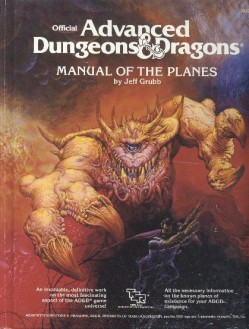
It’s possible I have one of the most complete AD&D 1E collections out there, since I have no less than fifteen different hardcover manuals including such esoterica as The Wilderness Survival Guide and Dragonlance Adventures. And yet the original edition of the Manual Of The Planes has yet avoided my ‘ever-expanding web of acquisition’ (a somewhat obscure AD&D magic item). Of course I have the 3E version, as well as other planar guides, but in the name of completeness I must have the above! If I were to live within driving range of a fabulous used book store that sells D&D manuals then I’d probably drive over there and see if they had this one in stock to buy and give me for Christmas……
Toys Category
Neo-Otyugh figure
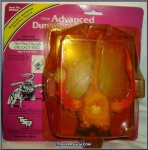

This is one of those things that most of you would instantly ignore if you ever saw it in a store. Me? I’d buy it! As my brother will, to brighten my Weihnachten! Of course he’d have to find it first, which is no mean feat since it’s one of the less common figures in a figure line that failed miserably more than 20 years ago. Plus it’s a bendable figure, which means it was made in China out of some no doubt toxic rubber that after all this time has probably dissolved into poisonous gas. I guess I’ll find out on Christmas Day 😉
Imakarum Miribalis figure kit by Max Factory

This one’s been on this list before, and I’ve wanted it for years now. As availability evaporates, so too does the price continue to rise. In Japan earlier this year I fully intended to buy this; I was even prepared to pay an unreasonable amount for it. But I never saw it. I looked everywhere for it. I even took a solo trip to Akihabara and explored every figure shop I could find. It beggars belief that I never found it, because where else on Earth would this be available? I’ll tell you where: the place Bernard finds it. And buys it. For me. For Christmas.
Music Category
Who Is The Doctor – Jon Pertwee (7″ single)

This one’s been on my list for a while, for several reasons:
i) It’s sung by the person everyone agrees played the best Doctor, Jon Pertwee.
ii) It’s very, very good. Actually it’s even better.
iii) I still have a working and connected record player downstairs, and could therefore dance to it with Yossie.
Don’t believe me about how great it is? Judge for yourself:
I’d love to taste that ‘secret sauce’ on December 25th!
Oh, and Bernard… when you’re adding the above Jon Pertwee albums to your cart, and if you’re feeling especially generous, you may want to throw this one in as well:

Now that is a man’s album cover!
Electronic Game Category
Dalek Attack LCD game

It’s difficult to use the English language to even describe why I would want the above, so let’s use German: Der Grund hierfür ist, dass ich ein besessener Sammler bin und wollte diese, seit ich ein Sprössling war. I reckon Bernard’s going to have to use some sort of supernatural power to actually obtain one though, since I’ve never ever seen it, nor seen it for sale, or even know if it exists. This is the sort of item that makes the quest that is Christmas shopping so grand, and I am almost jealous of my brother that I have now given him the joy of finding this gem.
Zelda Game-&-Watch
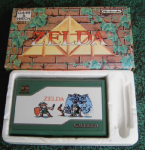

I’ve actually seen the above product, more than once, always in Japan. Every time I beheld it I wept, for two reasons. Firstly, because I wanted to own it that badly, and secondly because the price literally brought tears to my eyes. Especially for a mint-in-boxed version, which is of course the one I would want. Once, when only I was present and no-one else could have possibly heard him, my brother said: “No item is too expensive at Christmas!” Approximately 41 days from today, I’ll see if he remembers those words.
DVD Category
Sword & The Sorceror
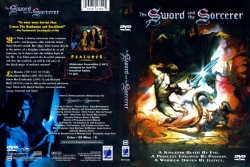
This was released quite a few years ago in the US, but it’s all-but-unavailable now. Which is a shame, because I want it! I religiously check amazon for reissues, and even went so far as to buy a bootleg ripped-from-VHS version at NYCC (which didn’t work). Those of you that have seen this dreadful film may wonder why the obsession with seeing it again, and I may not be able to easily answer. Until Christmas day 😉
Video Games Category
Snow Brothers (Game Boy)

Picture this: you’re in a used game shop, perusing the ancient Game Boy cartridges. Your eyes fall on the above, and what do you do? I reckon nothing. You’d barely even notice it as you scanned the titles. You almost certainly wouldn’t know you were looking at $200 of plastic and microchips would you? I would, and I’d eagerly rip out my wallet and buy the little sucker.
Of course the above story is pure fiction, since it would never ever, EVER happen. I know because – for twenty goddamn years now – I have scanned game boy cartridges in used game stores and have never seen Snow Brothers.
It warms my heart to think that my brother, as he drives around to every single game store within 5 hours of his house, actually will find Snow Brothers. And he’ll buy it for a song. And I’ll sing the same song when I open it on Christmas Day: “To taste the secret sauce of life”!
Might & Magic Games (SNES)


These are the gifts that, as I open them on Christmas day, will cause me to say aloud “He didn’t!” While I wouldn’t put anything beyond my brother – especially where it involves brightening my Christmas – the organization, acquisition and innovation required to obtain both Super Nintendo Might and Magic cartridges and give them to me in one gift box would be no less than godlike. Lest you find my words hyperbolic, know that Might And Magic 2 is Japanese only, and despite fervent searching throughout all five of my Japanese trips I have never seen it, and that the second was released in very small quantities and is very difficult to find boxed these days.
As an aside, I have played M&M3 SNES. Back in my fanzine days, FCI sent me a pre-release EPROM with the game on it, that I stuck into my SNES and played. It is one of my regrets that I ever returned that to the company…
Atari Lynx + Gauntlet Third Encounter
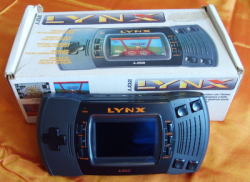
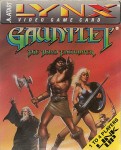

aka ‘The One That Got Away’. As with every other human on this planet, I cared less about the Lynx back when it was released in 1989. By the time I got to America it had failed spectacularly, and by the time I started collecting games in early 1994 it had disappeared from stores. These days working versions fetch high prices, much more-so if they are boxed. This is interesting since it was a crap system with crap games… except for Gauntlet: The Third Encounter.
I want a Lynx. I have wanted one for years, and have come close to buying one once or twice. What has held me back was the fact I have essentially no interest in any games for it except for Gauntlet, which means I’d be paying what is now around $300 for something I’d never used. Furthermore, Gauntlet itself is quite rare, and the Lynx + Gauntlet combo (boxed) could be upwards of $500. If you could even find either.
So Bernard, as you spend every weekend between now and Christmas driving the length and breadth of California in the almost-certainly-futile search for a Snow Brothers game boy cartridge, remember me if you spot a cheap Lynx + Gauntlet Third Encounter combo 😉
‘Dream Item’ Category
Doctor Who Pinball Machine

For a few years now I have seriously entertained the idea of buying a pinball machine. I did some research, and very quickly the above bubbled to the top of my list. It was released in 1992, it’s beautiful, it’s very complex, and it would look marvelous in my house.

The machines don’t seem that difficult to find, as long as you can somehow arrange shipping (Bernard could I’m sure) and have more money than sense (…). If nothing else, the thought of how beautiful the cabinet would look reflecting the lights of our tree moments after I unwrapped it surely moves even the most miserly of souls? This is truly a gift that would enable the recipient to fully enjoy the ‘secret sauce’ of life!
